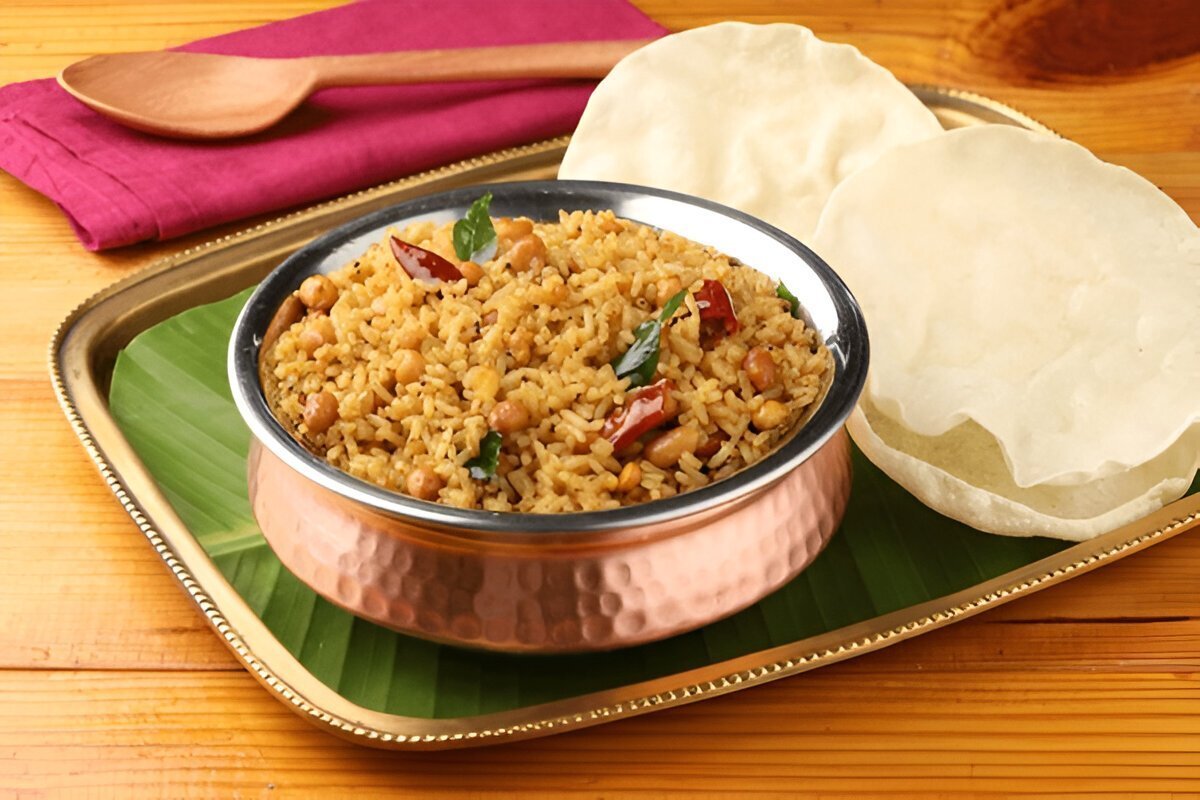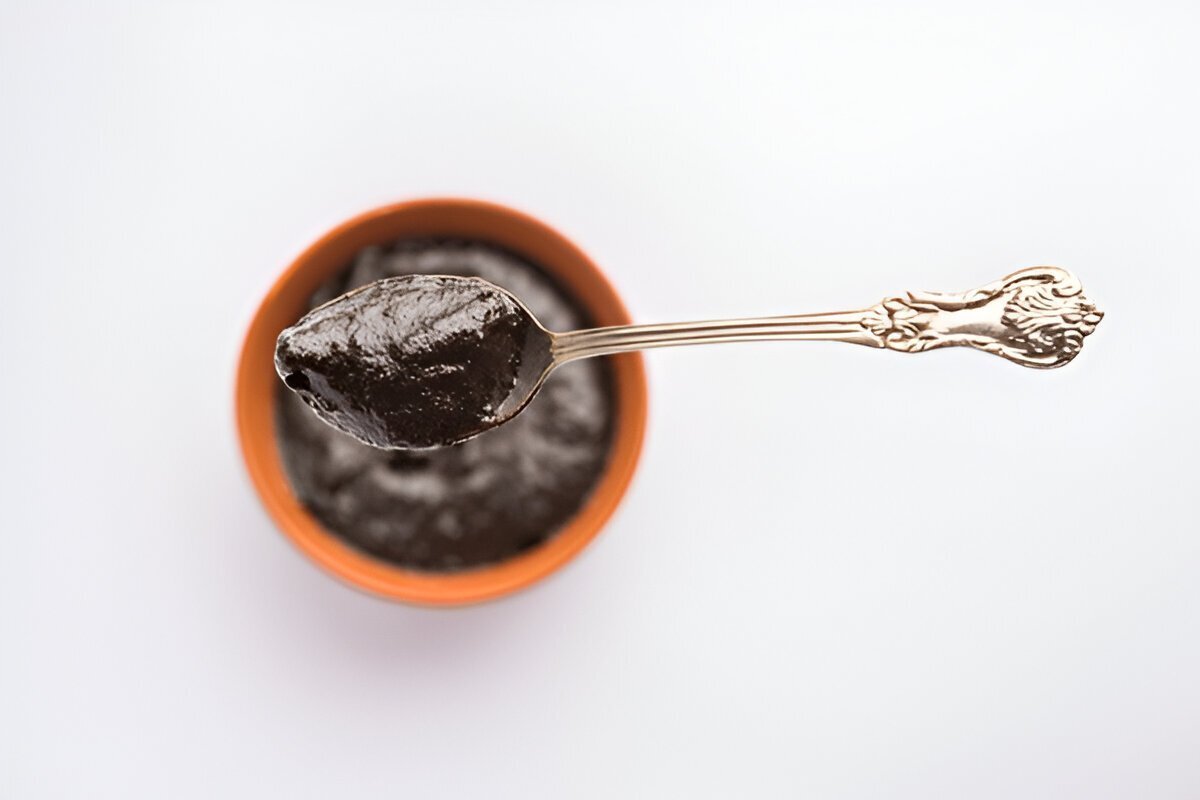Diwali in South India is not only a celebration of lights but also a grand feast of flavors. The Diwali lunch is an opportunity to come together with family and enjoy an elaborate spread of lovingly prepared traditional dishes, often with recipes passed down through generations. Here’s a traditional South Indian Diwali lunch menu filled with hearty flavors, bright colors, and a balance of sweet and savory dishes that make this festival unforgettable.
Diwali Wishes from Aryu Catering
At Aryu Catering, we extend our warmest wishes to you and your family this Diwali. “May the festival of lights brighten your life with joy, abundance, and happiness.” Let’s celebrate this auspicious occasion with love, laughter, and a feast that brings everyone together. Wishing you a delightful and prosperous Diwali!
Starters and Snacks

Main Courses

The main dishes in a Diwali lunch showcase a variety of flavors and textures, each with its unique spices and ingredients, bringing a wholesome, festive meal to life.
- Sambar: A South Indian staple, sambar is a rich and tangy lentil stew cooked with vegetables like drumsticks, carrots, and pumpkin. Flavored with tamarind and sambar powder, it pairs well with rice, balancing the richness of the other dishes.
- Rasam: Known for its digestive properties, rasam is a thin, spicy soup made from tamarind, tomatoes, and black pepper. It has a warming, tangy flavor complements rice and can be enjoyed as a light, refreshing dish.
- Avial: A classic mixed vegetable curry, avial is prepared with vegetables like carrots, beans, and plantain, cooked with coconut paste and curd. Mildly spiced, it’s creamy and comforting, adding a unique taste to the lunch.
- Kootu: A wholesome, semi-thick curry made with vegetables and lentils, flavored with coconut and mild spices. Kootu brings a balance of flavors and textures to the meal, often made with vegetables like spinach, pumpkin, or ash gourd.
- Lemon Rice (Elumichai Sadam): This vibrant, tangy rice dish is prepared with fresh lemon juice, curry leaves, and a hint of turmeric. It’s a refreshing addition to the spread, adding a burst of color and flavor that complements the richer dishes.
Accompaniments
Accompaniments play a crucial role in South Indian meals, enhancing the flavors of the main dishes while adding a mix of textures to the meal.
- Appalam (Papadum): Thin, crispy wafers made from lentil flour, appalams are either fried or roasted until golden brown. Their crunchiness makes them an enjoyable addition to rice-based dishes.
- Thayir Pachadi (Curd Raita): Made with fresh curd, cucumber, or tomato, this cooling raita is flavored with green chili and mustard seeds. It’s refreshing and helps soothe the palate when paired with spicy dishes.
- Pickles: Traditional Indian pickles like mango or lemon add a tangy, spicy kick to the meal. These pickles offer an intense burst of flavor that pairs well with rice dishes.
Rice Specials

- Curd Rice (Thayir Sadam): Soft rice mixed with fresh curd, garnished with curry leaves, and a hint of grated ginger. It’s a soothing dish that is usually served towards the end of the meal to help digestion and cool the stomach.
- Puliyodarai (Tamarind Rice): A tangy, spiced rice dish made with tamarind paste, roasted peanuts, and a blend of spices, puliyodarai is one of the highlights of a Diwali meal. Its bold flavors make it a favorite for many South Indian festivals.
Sweets

- Adhirasam: A traditional, chewy sweet made from rice flour and jaggery, flavored with cardamom. Adhirasam is fried to a golden brown, creating a caramelized crust with a soft center.
- Paal Payasam: A rich rice pudding made with milk, sugar or jaggery, and a handful of fragrant cardamom. This dessert is slow-cooked until creamy and garnished with roasted cashews and raisins, making it a luxurious end to the meal.
- Somas (Karchikai): These sweet pastries are filled with coconut and jaggery, then fried until golden. Somas have a crispy outer shell and a sweet, flavorful center, often made for special occasions like Diwali.
Digestive Aid

The final part of a traditional Diwali meal is a small serving of Diwali Legiyum. This herbal paste, made from black pepper, ginger, cumin, ajwain, and jaggery, helps in digestion and balances the heaviness of the meal. A spoonful of legiyum is often taken at the end of the meal to prevent
indigestion after enjoying the rich feast.
Celebrating Diwali with Tradition and Flavor
A traditional South Indian Diwali lunch is a feast that brings together a variety of flavors and textures, each dish reflecting the culture, heritage, and culinary skills that are celebrated during the festival. The meticulous preparation, use of fresh ingredients, and balance of spices create a truly memorable and meaningful experience. This festive lunch isn’t just about food but about family, love, and the joy of sharing, which is at the heart of
Diwali celebrations.
Once again, from all of us at Aryu Catering, we wish you and your loved ones a joyous and prosperous Diwali filled with happiness, love, and, of course, delicious food!
FAQs
What are the key dishes in a traditional South Indian Diwali lunch?
A traditional South Indian Diwali lunch typically includes a variety of dishes such as Sambar, Rasam, Avial, Kootu, Lemon Rice, and a selection of sweets like Adhirasam and Paal Payasam.
What is the significance of Sambar in South Indian cuisine?
Can the dishes be made vegan?
Yes! Many traditional South Indian Diwali dishes can easily be adapted to be vegan by substituting dairy products with plant-based alternatives, such as using coconut milk instead of yogurt.
How is Diwali Legiyum beneficial?
Diwali Legiyum is a herbal digestive aid made from spices and jaggery. It helps improve digestion and provides relief from bloating after a rich meal.
Are there any specific herbs or spices used in Diwali cooking?
Yes, spices like cumin, mustard seeds, turmeric, and asafoetida are commonly used in South Indian cooking. Herbs like curry leaves and fresh coriander also add flavor and aroma to the dishes.





